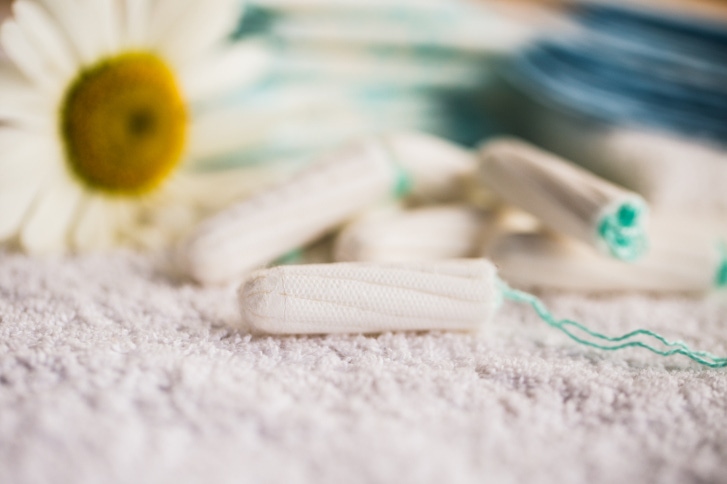Organic cotton and no chlorine bleach or frangrances, for starters.
December 17, 2015

Facing consumer pressure, the companies behind mainstream feminine hygiene brands Kotex, Tampax and Always have begun posting information online about ingredients used in their products. Women's health groups celebrated the move, for which some had been pushing for years, but there's no shortage of natural brands offering feminine hygiene options without many of the ingredients that Procter & Gamble and Kimberly-Clark use, even if they now disclose using them.
Natracare and Seventh Generation might be the two biggest companies in this space. We checked in with both to learn about what they do and don't use in their products, and for their take on how the market for feminine hygiene products is changing.
For starters, both use organic cotton in their tampons and avoid chlorine bleach, while mainstream brands use conventional cotton and synthetic fibers, as well as chlorine bleach, which is associated with carcinogenic dioxins.
Susie Hewson, owner and founder of Natracare, added: “Recent testing of these types of tampons has revealed that most of these tampons contain residuals of the pesticide glyphosate--a known carcinogen. Only certified organic cotton is non-GM and grown without these toxic pesticides. Viscose rayon can also be treated with anti-mildew chemicals to prevent the raw material producing molds and mildew. Dioxin is a by-product of the chlorine bleaching processes, and this also includes elemental chlorine free (ECF) processes.”
The chemicals and materials in conventional sanitary pads, she said, include chlorine-bleached pulp compressed and bonded with acrylic binders, and petroleum-based ingredients that are turned into plastic non-woven top sheets, and barrier films, and absorbent gels. “Natracare pads and liners use only certified organic and plant-derived ingredients for the components of products, and we list these ingredients on the labeling packages and on our website," Hewson said. "Not only are the organic and natural ingredients a healthier option for women to use, but are also better with respect to the very low impact on the environment."
Fragrances are another common ingredient that these natural brands avoid. “Fragrances, which can be allergens, near some of your most sensitive skin, are not necessary,” said Heidi Raatikainen, research scientist at Seventh Generation. "They are added chemicals that can be avoided by the manufacturer without compromising product performance."
Both companies are seeing strong, steady growth. Natracare has seen year-on-year growth in sales worldwide, and is noticing an increase in brands entering the space—a strong sign of growing consumer demand.
“Seventh Generation is elated to hear of consumers advocating for clearer and more transparent ingredient disclosure in all their products, including their feminine hygiene options,” Raatikainen said. The company expanded its product line in 2015 and has also seen an increase in retailers requesting to stock their products.
About the Author(s)
You May Also Like




